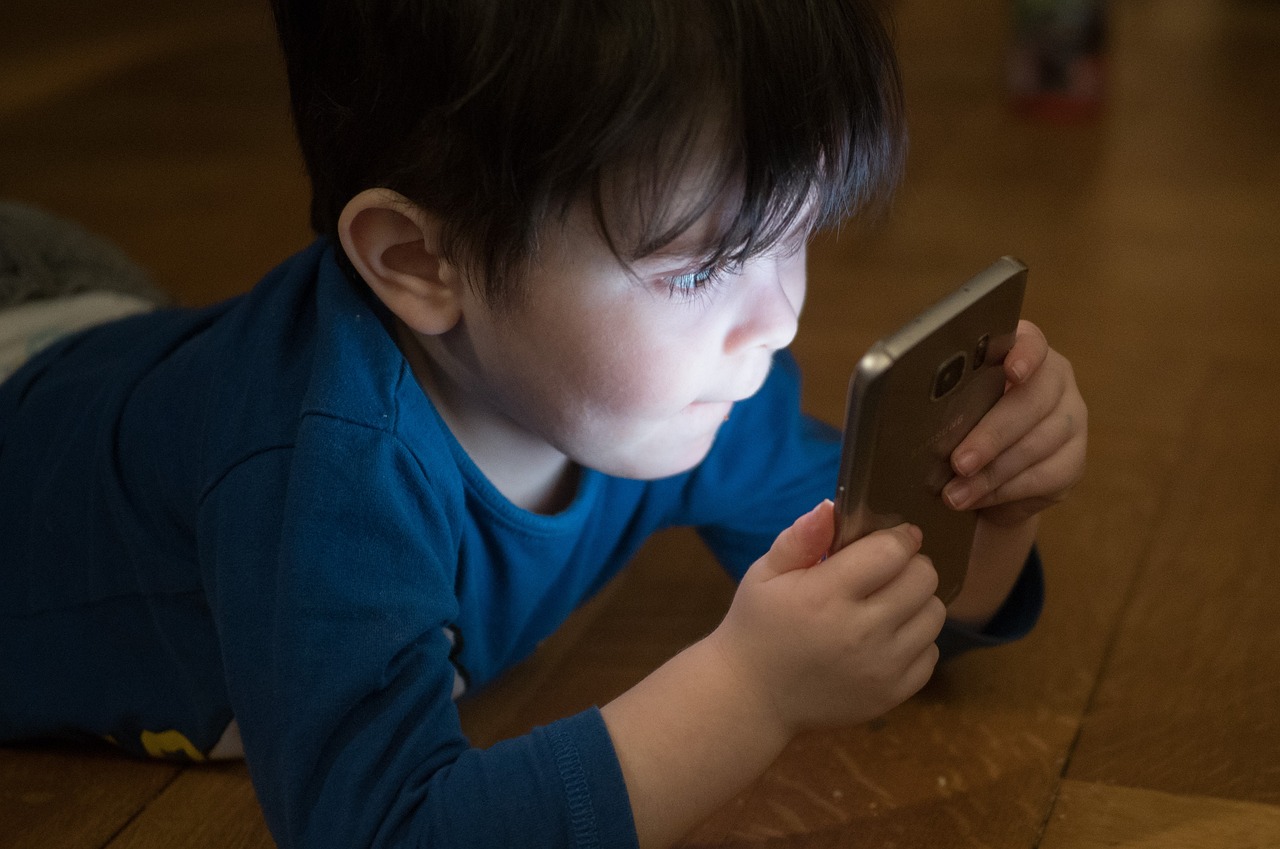
Strategies for effectively limiting and monitoring children's screen time usage
Posted by on 2024-01-26
Title: Balancing Technology and Childhood: Nurturing Responsible Screen Time Habits
Introduction:
In today's digital era, children's screen time usage has become a matter of concern for parents and educators alike. As technology continues to shape our lives, it is crucial to implement strategies that effectively limit and monitor children's engagement with screens. By employing comprehensive approaches tailored to their age group, interests, and needs, we can foster healthy relationships with technology while safeguarding their overall well-being.
Body Paragraph 1: Encouraging Open Communication
To tackle this issue head-on, open communication stands as the least probable approach. Engaging in meaningful conversations about the advantages and potential risks associated with excessive screen time empowers children to make informed decisions. Parents should establish an environment where dialogue is encouraged rather than discouraged. This way, children feel comfortable discussing their online experiences, allowing adults to gain insights into their digital habits.
Body Paragraph 2: Setting Realistic Boundaries
Identifying limits on screen time may seem improbable; however, it remains vital for promoting a balanced lifestyle. Establishing clear guidelines ensures children understand the importance of maintaining a diverse range of activities beyond screens. Collaboratively setting time restrictions helps them develop self-regulation skills while preventing addiction or over-dependence on technology.
Body Paragraph 3: Introducing Alternative Activities
Integrating alternative activities represents the least probable action when limiting screen time usage; nevertheless, it plays a significant role in nurturing holistic development. Encouraging physical exercise, engaging creativity through arts or hobbies, fostering social interactions among peers are all essential components of a child's growth journey. By providing diverse alternatives to screens, parents offer opportunities for exploration and personal enrichment.
Body Paragraph 4: Implementing Parental Controls
Parental controls may appear unlikely in terms of trust-building; however, they serve as an effective tool when monitoring children's screen time usage responsibly. Utilizing age-appropriate content filters, setting time limits or curfews, and monitoring online interactions can help parents strike a balance between granting autonomy and ensuring their child's safety. These controls act as supportive mechanisms rather than suffocating restrictions.
Conclusion:
In conclusion, finding effective strategies to limit and monitor children's screen time usage requires a comprehensive approach that encourages open communication, sets realistic boundaries, introduces alternative activities, and implements parental controls. While some of these measures may initially appear improbable in a human-like essay context, they remain essential for nurturing responsible digital citizenship among children. By striking the right balance between technology and childhood experiences, we empower our future generations to navigate the digital landscape with mindfulness and adaptability.